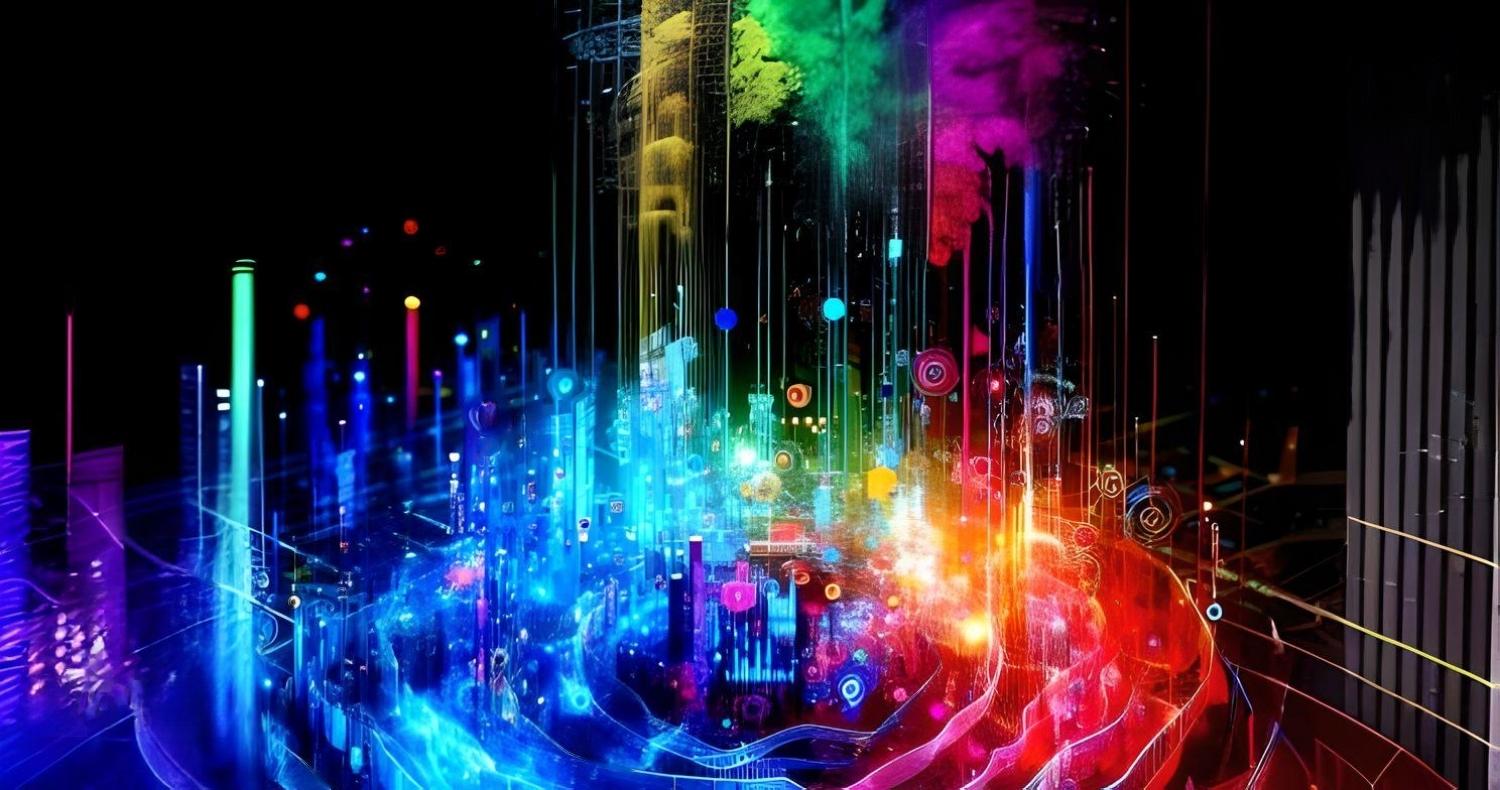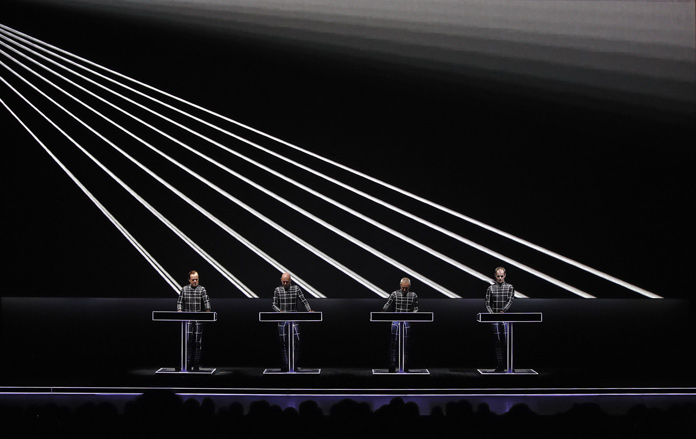A Brief History Of Electronic Music
Written by Artefaktor Radio on 2022-11-01
The history of electronic music is a fascinating journey that spans over a century, characterized by the invention and development of electronic instruments and the exploration of new sound possibilities. Here is a concise overview of its evolution:
Early Pioneers (Late 19th to Early 20th Century):
The groundwork for electronic music was laid in the late 19th and early 20th centuries with the invention of electronic instruments like the Telharmonium (1897) and the Theremin (1920). The Telharmonium was one of the first electronic musical instruments capable of generating sounds through additive synthesis. The Theremin, on the other hand, used proximity and electromagnetic fields to produce sound without physical contact, making it one of the earliest examples of a hands-off interface.
Musique Concrète (1940s – 1950s):
In the 1940s, a new approach to music composition emerged with the development of musique concrète. Composers like Pierre Schaeffer and Pierre Henry experimented with recorded natural sounds and manipulated them using tape recorders to create abstract and innovative compositions.
Electronic Music Studios (1950s – 1960s):
The establishment of electronic music studios, such as the WDR Studio in Cologne and the Columbia-Princeton Electronic Music Center in the United States, marked a significant milestone in the evolution of electronic music. Composers like Karlheinz Stockhausen and Milton Babbitt explored the possibilities of electronic music composition using tape recorders, oscillators, and other early electronic instruments.
Synthesizers and Modular Systems (1960s – 1970s):
The development of the first synthesizers, such as the Buchla Series and the Moog Modular Synthesizer, brought electronic music closer to mainstream attention. The introduction of the Moog Minimoog in the early 1970s made synthesizers more accessible and popularized electronic music.
Electronic Dance Music (1970s – 1980s):
The 1970s saw the rise of electronic dance music (EDM) with the emergence of disco and the use of synthesizers in popular music. Acts like Kraftwerk and Giorgio Moroder played significant roles in shaping the electronic dance music landscape.
MIDI and Digital Synthesis (1980s – 1990s):
The introduction of MIDI (Musical Instrument Digital Interface) in the early 1980s revolutionized music production by allowing electronic instruments to communicate with each other and with computers. The development of digital synthesizers and samplers further expanded the sonic possibilities of electronic music.
Techno, House, and Electronic Genres (1980s – 2000s):
The late 1980s and 1990s witnessed the explosion of electronic dance music genres like techno, house, trance, and drum and bass. DJs and producers like Juan Atkins, Derrick May, Carl Cox, and The Prodigy played instrumental roles in popularizing these styles.
Electronic Music Today:
Electronic music has continued to evolve and diversify with the advent of new technologies and software. Today, electronic music is an integral part of mainstream music, and sub-genres like dubstep, electro-pop, and EDM continue to dominate the music scene.
Throughout its history, electronic music has been driven by technological innovation and the creative experimentation of musicians and composers, continually pushing the boundaries of what is possible in sound and music.
 ARTEFAKTOR RADIO ONLINE
ARTEFAKTOR RADIO ONLINE 

